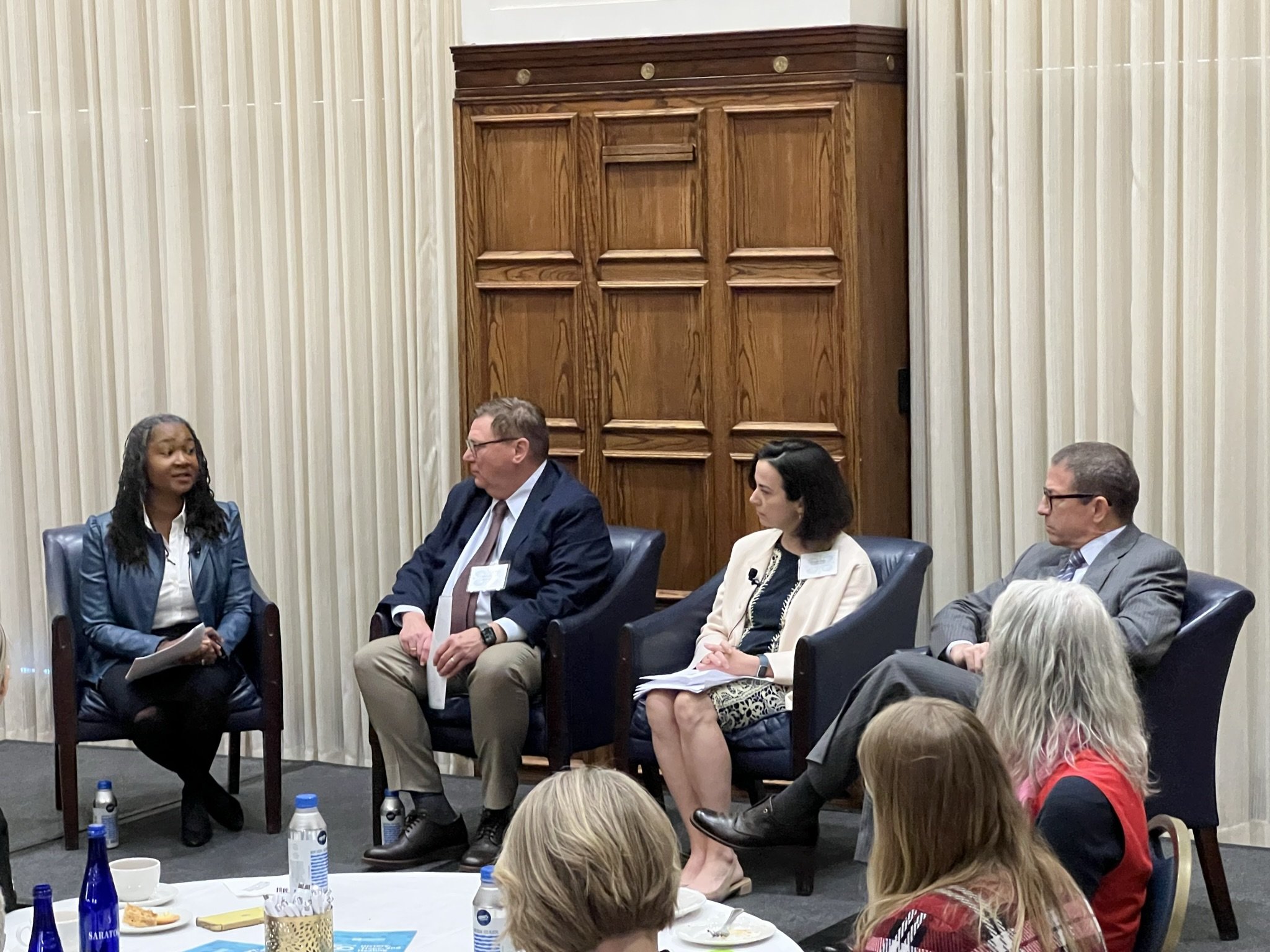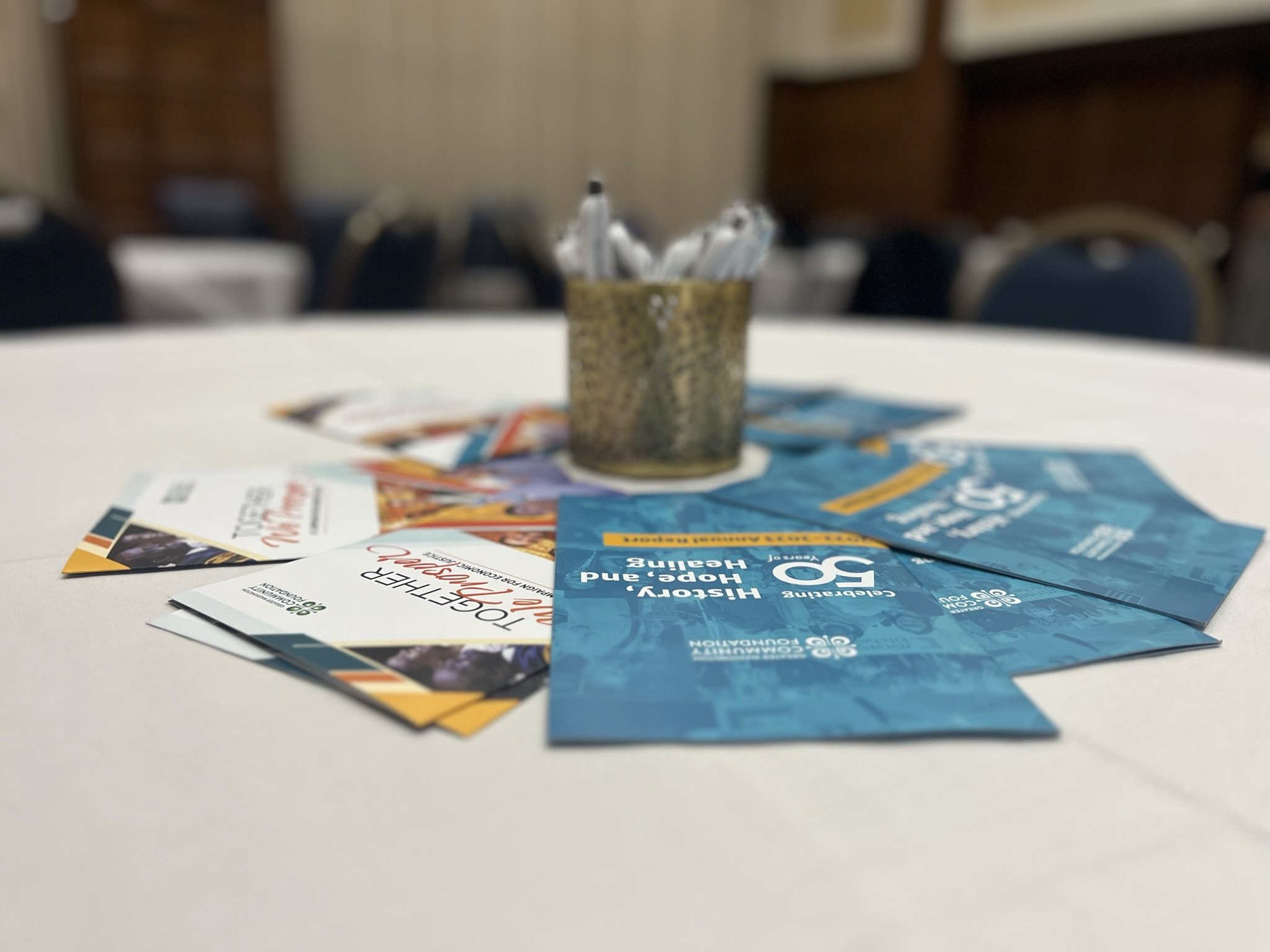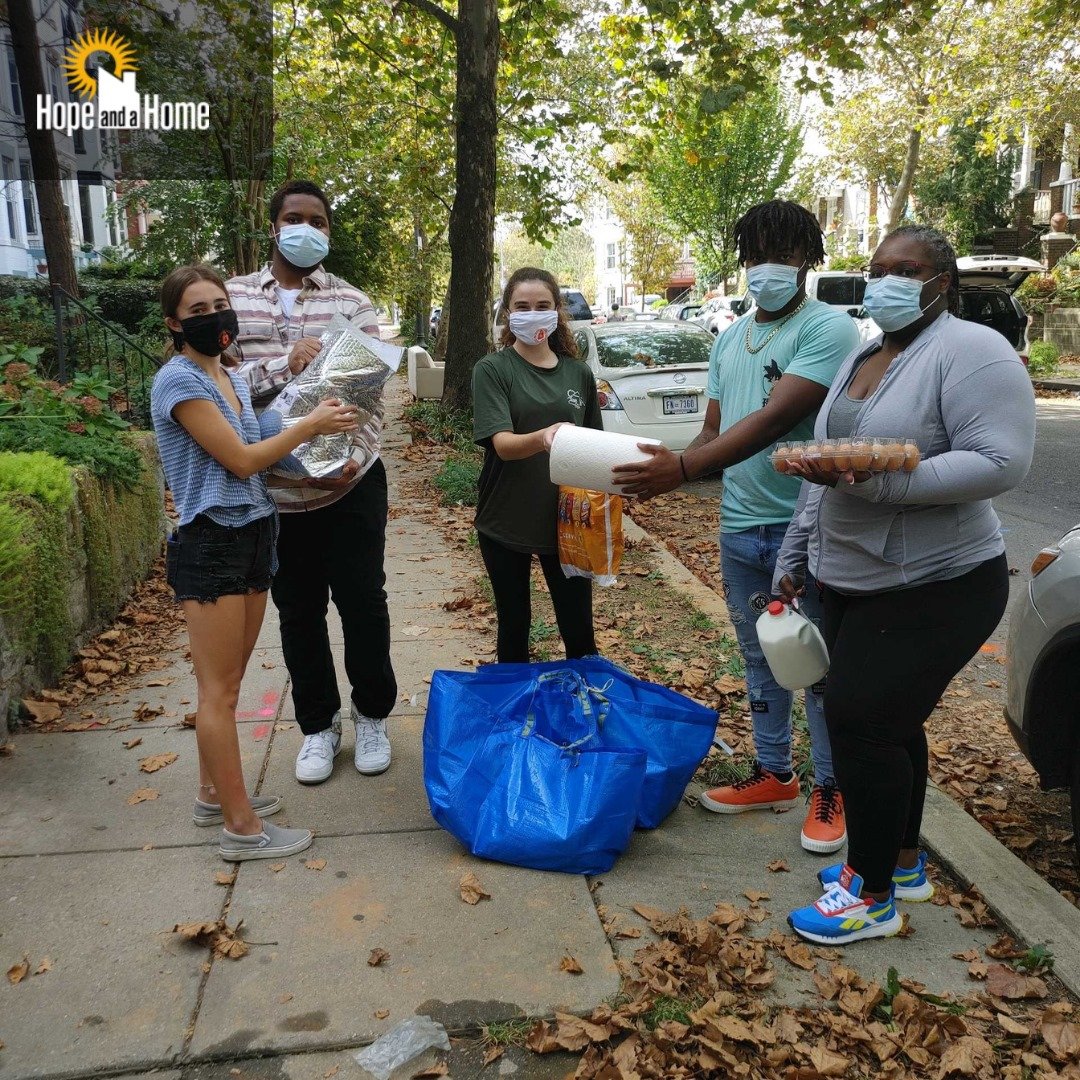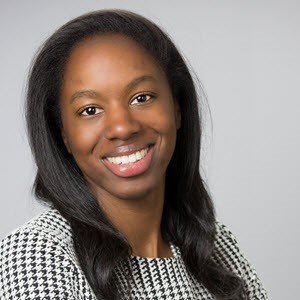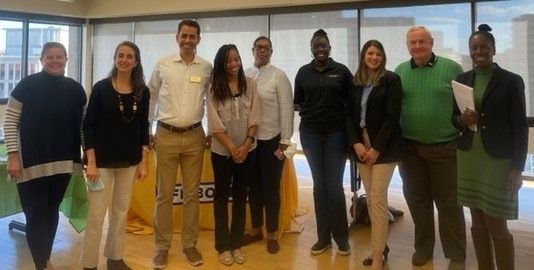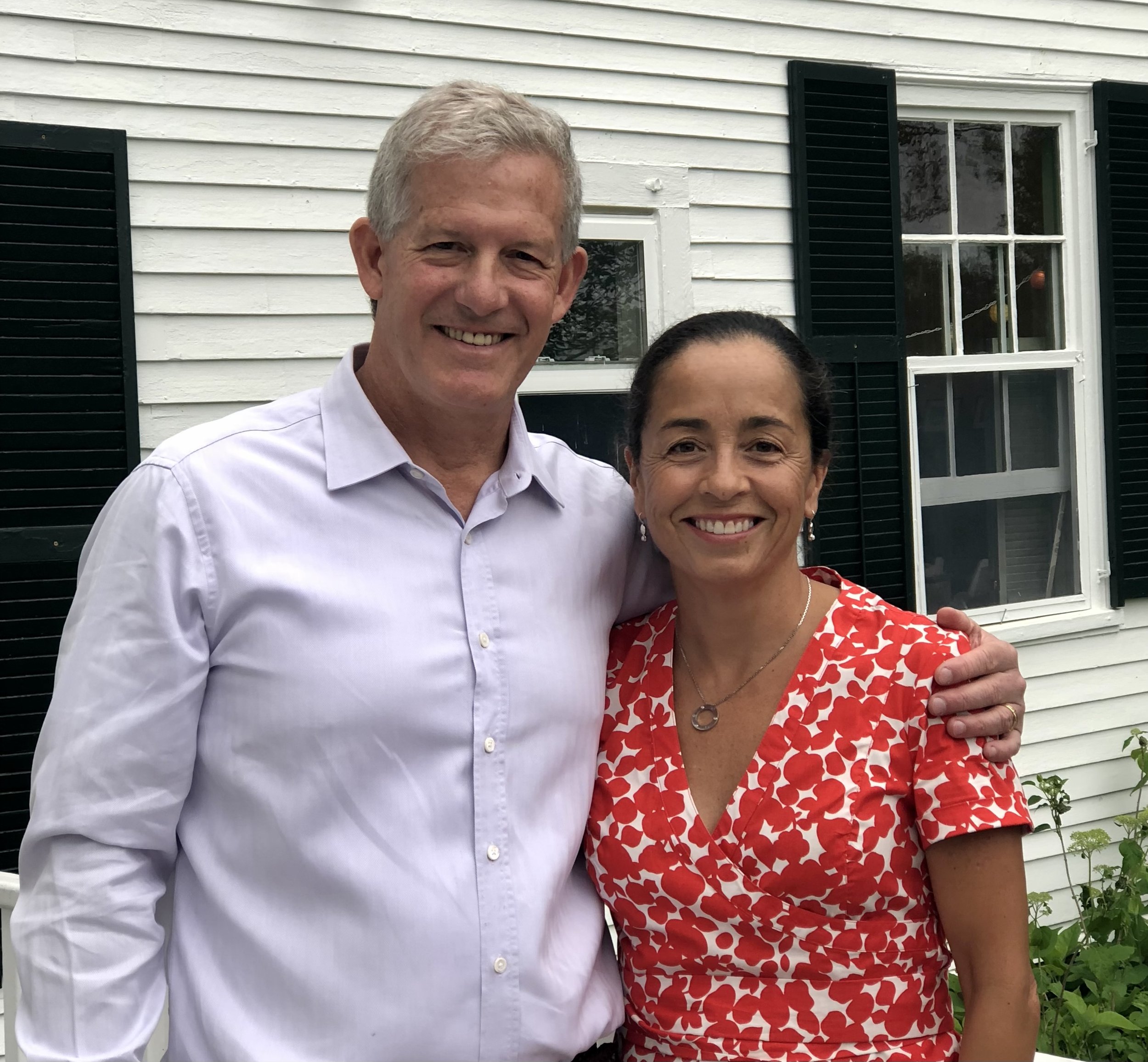A new year is such a great time to plan and reboot. Cliche as it may be to talk about resolutions this time of year, it’s tough to deny that January represents a clean slate for “to-do” lists, goals, and your overall mindset.
As you think about your 2024 charitable giving goals and priorities – including planned giving, here are a few tips to help break down the concept of planned giving and how The Community Foundation can help you achieve your charitable goals.
It may help to think of “planned giving” in contrast to what’s sometimes called “current” or “annual” giving. For example, when you write a check to a charitable organization such as your fund at The Community Foundation, you’re transferring those funds immediately in a relatively straightforward manner.
By contrast, a “planned gift” can be simple or complex and more forward-looking than current or annual support for your favorite charitable causes. Planned gifts can include bequests, beneficiary designations, gifts of business interests, real estate, tangible personal property, and more. Making strategic current or future transfers through one’s assets, to charity is often referred to as “planned giving” or “gift planning” because these gifts can allow donors to give more significant gifts in support of their causes than they thought possible, but it requires some planning. Here are examples of common “planned gifts:”
A bequest in your will or trust allows you to name a charity, such as your fund at the community foundation, to receive a specific dollar amount, a percentage of your estate, or a particular item, such as a residence, after your lifetime, for example. The team at The Community Foundation can work with you and your advisors to include a bequest in your estate plan using the proper bequest language.
Beneficiary designations on life insurance policies, retirement plans, or any accounts that pass through a beneficiary form can be practical tools for making gifts. The team at The Community Foundation can work with you and your advisors to complete the paperwork required to properly designate your fund or create a fund at The Community Foundation using a beneficiary designation form.
Setting up a life-income gift, such as a charitable remainder trust or a charitable gift annuity, is often an effective way for you to ensure that money will flow from your estate to a charity, such as your fund at The Community Foundation, in a way that meets both your philanthropic intentions and your financial goals (including retaining an income stream and triggering an up-front charitable income tax deduction).
Planned giving does not involve just giving after your lifetime but can also be done now, such as if you are planning the sale of a business or if you have a property you may be interested in donating or a life insurance policy that you no longer need, for example, you can use those assets to give during your lifetime.
There are many assets that The Community Foundation may be able to accept when considering a planned gift. If you would like to discuss your charitable goals and how we may be able to assist you, please contact the team at The Community Foundation. We look forward to working with you to help you meet your current and planned charitable goals during 2024 and beyond!



